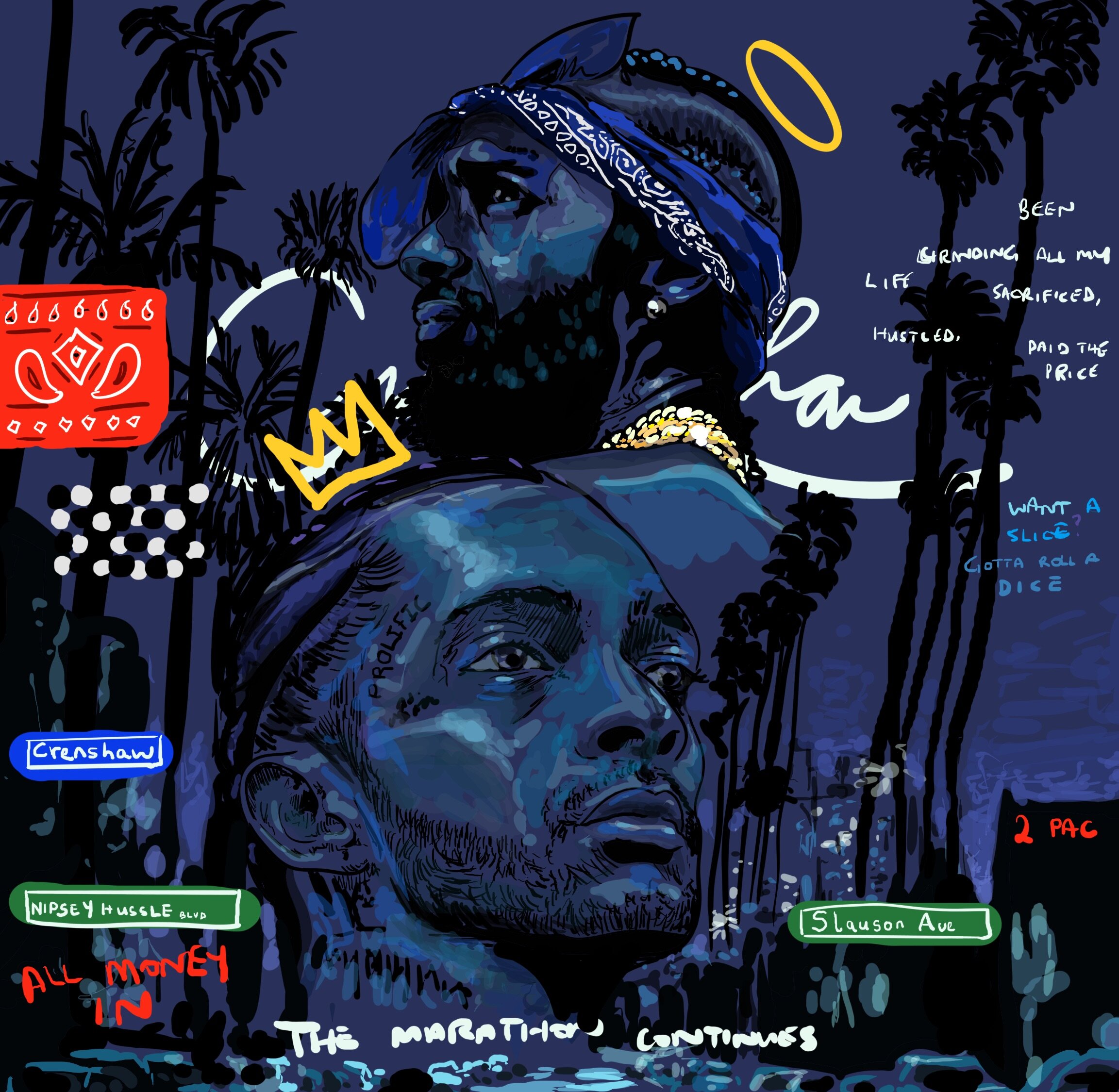Phase Transition and its Impact on Artistic Innovation
Illustration by Ayo Arogunmati
Water exists in two phases. Water freezes at the solid-state and during the liquid phase, with an increase in the temperature, the breakup of the particles occurs. Scientists call this change a phase transition. Similarly, artists go through their own form of phase transition. There is the grind phase, where artists are creating innovative ways to market and sell their content. The second phase is when the artist is now a staple and the audience has shifted from the early adopters to the laggards.
Safi Bachall, a scientist who has also led a company as a CEO noticed through his experience that companies, like water, have two transition phases—the innovation phase and the steady-state phase that diminishes as the company grows and matures. He derived a formula for calculating the phase transition period for a company described as equity multiplied by the square of management span multiplied by fitness divided by salary (M = E * S^2 * F / G).
Nipsey Hussle is an artist, who remained authentic until his untimely passing, understood that he was entering a phase transition. Nipsey embodied the key ideas presented in Bachall’s phase transition model by having a high equity interest in his ventures, low management span with very few intermediaries and decision makers beyond him and a very high fitness level for the art he was presenting to the public. For an artist like Hussle, the phase transition to the mass market would take longer than the normal course for most artists because of his approach to his business and innovation.
He came into public conscious primarily through the marketing of his mixtape that catapulted him beyond just a good rapper. The $100 mixtape, the concept store in his neighborhood, and the venture capital programs he was developing made him less prone to a quick phase transition.
While art should limit the amount of science in the creation process, there is an urgent requirement for the artist to find new ways to think about their phase transitions. Artists should not only state that they want more equity, but to prove it out with models to capture how the phase transition is likely to happen to them in their career. The artist should lean out the management levels, reducing the salary burden while increasing the equity and fitness component of the model presented to manage the phase transition.


